Challenges
Not all dog breeds are a good fit for the average home, no matter how cute or well-known they are. While dogs are cherished worldwide, certain breeds bring challenges that can be tough for even the most committed owners to handle.
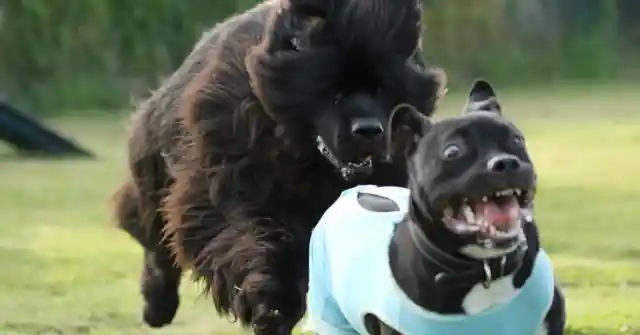
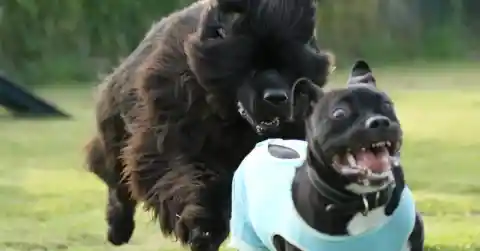
Whether it’s aggressive tendencies or serious health issues, many of these problems are hidden behind a breed’s looks or popularity. Here are twelve breeds that, although loved by many, often turn out to be a poor match for family life.
Why They Struggle
A dog’s personality and care requirements aren’t just shaped by training; they’re the result of centuries of selective breeding. Many breeds were originally developed for jobs like guarding, hunting, or herding, and those natural instincts are still very present.
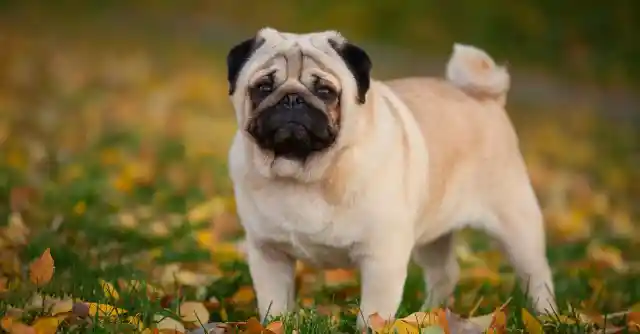
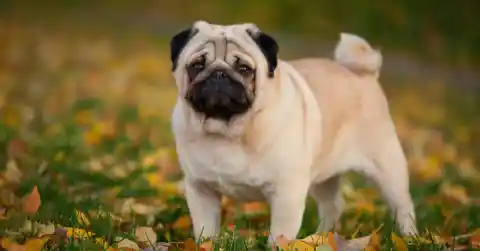
Some, on the other hand, were bred more for looks than health, leaving them prone to lifelong medical issues. By taking a closer look at why certain breeds often struggle as household pets, we can better see how they might unintentionally create challenges for both people and the dogs themselves.
Dalmatian
The Dalmatian might be a star in movies and storybooks, but real life with one is far from picture-perfect. These eye-catching dogs were originally bred to trot alongside carriages for long distances, so they’re packed with energy. In a typical home, that drive often turns into restlessness and destructive behavior.


On top of that, Dalmatians are famously headstrong, making training a real challenge, especially for beginners. Without plenty of exercise, mental stimulation, and an experienced owner, their good looks can quickly give way to big headaches.
Dalmatian Challenges
On top of their high energy and stubbornness, Dalmatians can become aggressive if they aren’t properly socialized as puppies. Their natural guarding instincts can make them overly territorial, which may pose safety concerns for families with kids or frequent visitors.
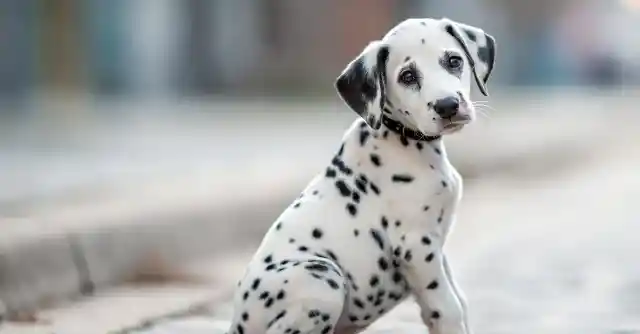
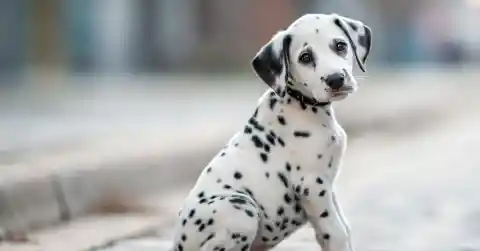
They’re also prone to genetic health problems, like deafness, requiring extra attention and care. While their spots and charm are undeniable, their personality and physical needs make them a tough fit for the typical household.
Chow Chow
The Chow Chow looks like a miniature lion with its thick, fluffy coat and carries a long, storied history as one of the world’s oldest dog breeds. Their proud and reserved demeanor can be appealing to someone looking for a dignified companion.
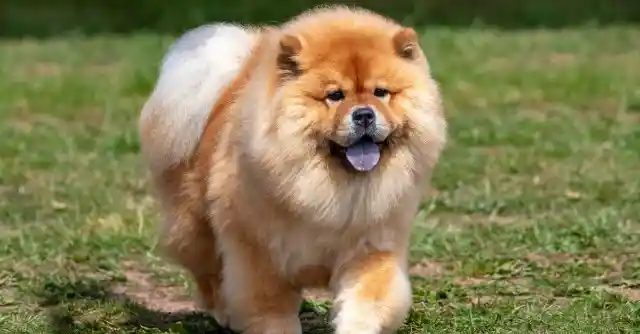
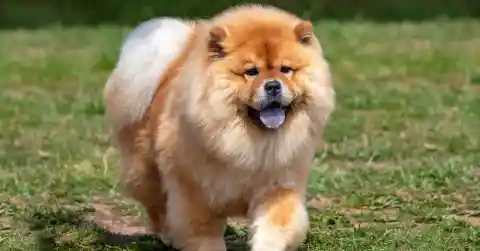
But Chow Chows are famously challenging to manage. They often bond closely with a single person while remaining distant or indifferent toward others. Their independent streak makes them stubborn, so training and getting them to follow commands can be a constant struggle.
Chow Chow Challenges
Chow Chows can also have temperaments that surprise even experienced owners. Originally bred as guard dogs, they’re naturally territorial and wary of strangers. Without consistent training and firm guidance from a young age, they can show unexpected aggression.
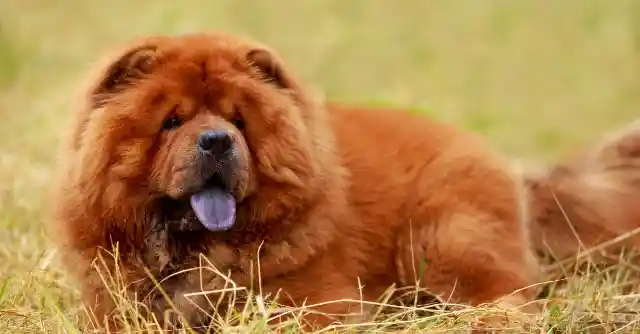
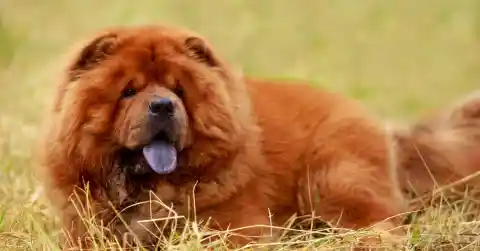
Their dense double coat needs a lot of upkeep and can make hot climates uncomfortable for them. Between their aloof personality, stubbornness, and potential for aggression, Chow Chows are usually not a practical, or safe, choice for the average household.
Husky
Siberian Huskies are one of the most admired dog breeds, famous for their striking blue eyes, wolf-like appearance, and playful personalities. Their charm makes them a popular choice, but living with one is far from easy.
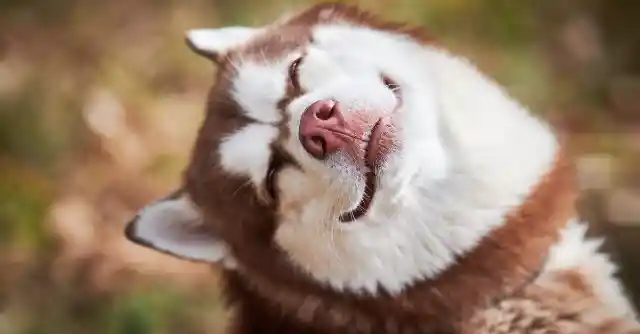
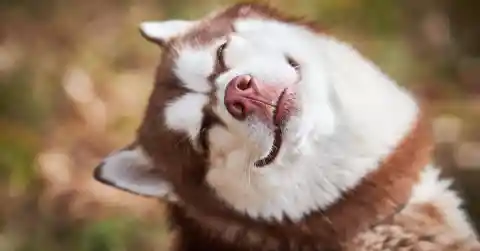
Bred to work as sled dogs in harsh, cold environments, Huskies have endless energy and require intense daily exercise. Without enough activity, they get bored fast and can turn destructive—chewing furniture, digging, or finding ways to escape their yards.
Husky Challenges
Huskies are natural escape artists, always testing fences and leashes, and their strong prey drive makes them unreliable around smaller animals like cats. Many first-time owners underestimate just how much stamina they have, which can leave them frustrated, stubborn, and hard to control.
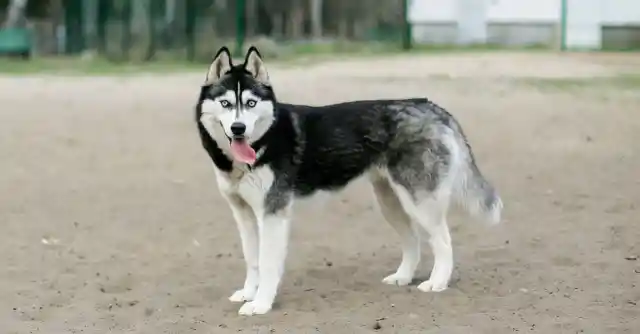
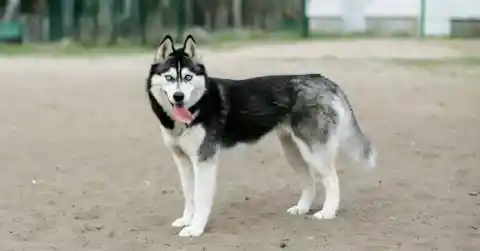
Their famous “talking” and howling might look cute online, but it’s a sign of a dog that constantly craves attention and activity. When you add in heavy shedding, intense exercise needs, and unpredictable impulses, it’s clear why Huskies often struggle to fit into most households.
English Bulldog
The English Bulldog is a cultural favorite, famous for its stocky build, wrinkled face, and laid-back personality. They often seem like the perfect, low-maintenance family pet. But beneath their charming appearance lies a host of health issues.

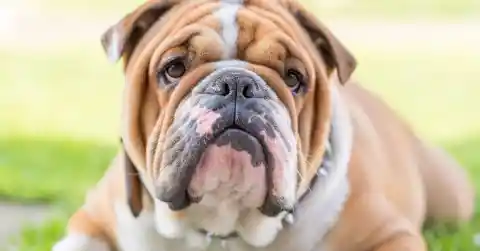
Over time, Bulldogs were bred for exaggerated features that take a serious toll on their wellbeing. Their short snouts lead to breathing difficulties, and they’re prone to overheating. For owners, this breed often means frequent vet visits and ongoing health challenges.
Bulldog Challenges
Bulldogs also face joint issues, skin infections, and heart problems, which significantly shorten their lifespan compared to other breeds. Even simple activities like playing or walking can be exhausting for them because of their breathing difficulties.
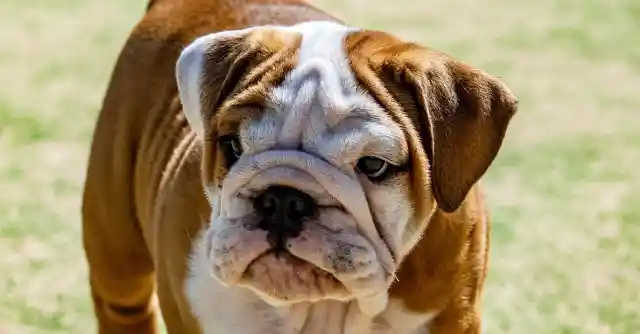
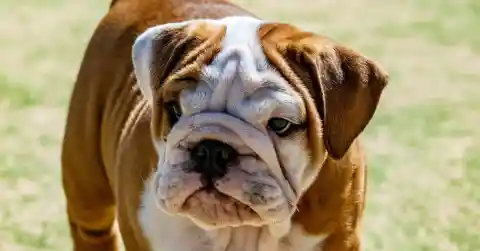
Many families are drawn to Bulldogs for their friendly nature, not realizing how fragile they really are. The ongoing ethical debate around breeding Bulldogs is serious—humans have essentially engineered dogs that are prone to illness. While undeniably cute, Bulldogs are a prime example of a breed that often struggles as a household pet.
Wolfdog Hybrid
Wolfdog hybrids are part domestic dog and part wolf, an alluring mix to people fascinated by their wild beauty. These animals look exotic and powerful, attracting buyers who want something different from a typical companion.


However, the reality of living with a wolfdog is far from romantic. Their instincts remain largely untamed, driven by fear and unpredictability. Wolfdogs cannot be fully domesticated in the traditional sense, meaning they resist training and fail to develop a reliable attachment to humans.
Wolfdog Hybrid Challenges
Because of their unpredictable genetics, wolfdog hybrids vary widely in temperament — some appear calm, while others show dangerously wild tendencies. This unpredictability makes them unsafe to keep around children, strangers, or even other pets.
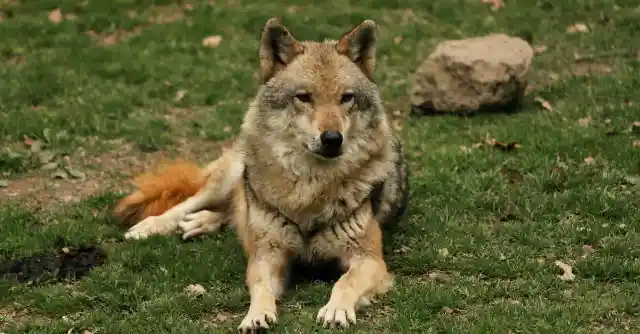
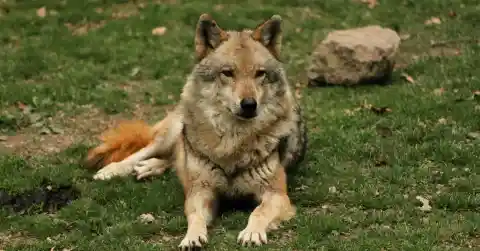
They require outdoor enclosures resembling sanctuaries, not family homes. In fact, many countries and states outright ban ownership due to the danger they pose. While breathtaking in appearance, wolfdog hybrids highlight the ethical and practical dilemmas of trying to domesticate wild creatures.
Afghan Hound
The Afghan Hound is one of the world’s most elegant and distinguished breeds. With long, silky coats and graceful movement, they often leave crowds in awe at dog shows. Yet beneath the beauty lies a surprisingly aloof personality.
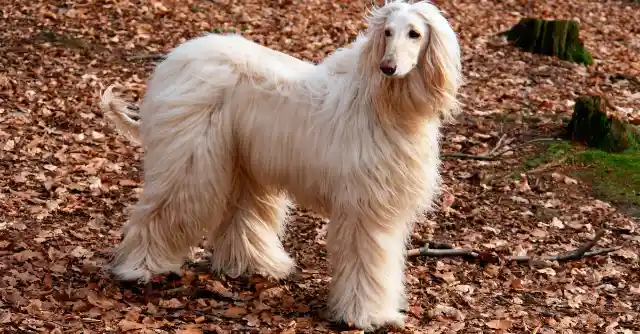
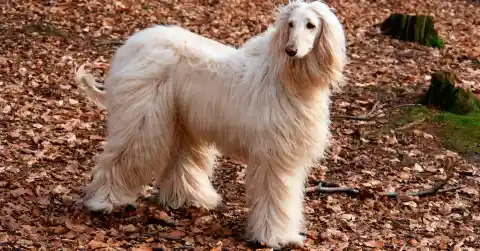
Afghan Hounds, unlike many dog breeds, rarely crave human affection to the degree owners expect. They were bred as independent hunters, chasing game over harsh terrains. This independence persists today, which can make them feel detached or even uninterested in bonding.
Afghan Hound Challenges
Afghans require meticulous grooming, as their coats tangle and mat quickly without constant care. Grooming is both costly and time-intensive, leading to frustration for many households. In addition, their hunting instincts make them unreliable off-leash, and they won’t always respond to commands.
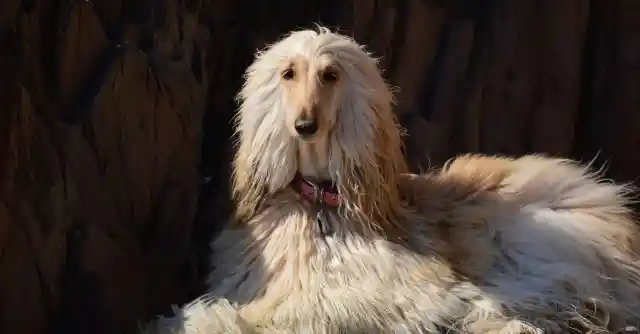
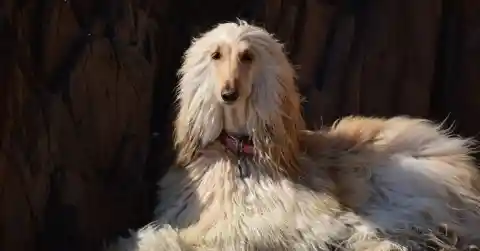
Families seeking loyal, loving companions often walk away disappointed by their aloof nature. Though undeniably beautiful, Afghan Hounds ask for more work than they give in return, making them a mismatch for the majority of dog lovers.
Pug
With wrinkled faces and tiny bodies, Pugs are often considered some of the cutest dogs on Earth. Their comical charm and clownish personalities have made them internet darlings, appearing in memes, commercials, and movies. But what most people don’t realize is that their physical traits cause them constant pain.


Pugs belong to the category of brachycephalic (short-nosed) breeds, which makes basic actions like breathing or exercising extremely difficult. Behind their adorable looks is a lifetime filled with medical struggles.
Pug Challenges
Pugs frequently suffer from breathing issues, eye problems due to their protruding eyes, and spinal deformities caused by their shortened frames. Their compact skulls make natural activities like running or cooling down a challenge, especially in warmer climates.


Owners often find themselves at the veterinarian repeatedly for issues tied directly to this selective breeding. While they may offer companionship and joy, Pugs are an example of how human desire for cuteness often condemns dogs to a life of avoidable suffering.
Shar Pei
The Shar Pei is immediately recognizable with its deeply wrinkled body and face, a breed standard that makes it look ancient and wise. Originally bred in China, Shar Peis were once valued as fighting dogs and protectors, which gives them a tough reputation even today.


Unfortunately, their defining wrinkles carry hidden risks. The folds of their skin are prone to infections because they trap moisture and dirt, creating painful, recurring health problems even with regular hygiene and medical care.
Shar Pei Challenges
Owning a Shar Pei requires constant vigilance for skin, ear, and eye infections. Their folds need to be cleaned daily, or expensive vet bills pile up. This breed also struggles with hereditary fevers and joint conditions.
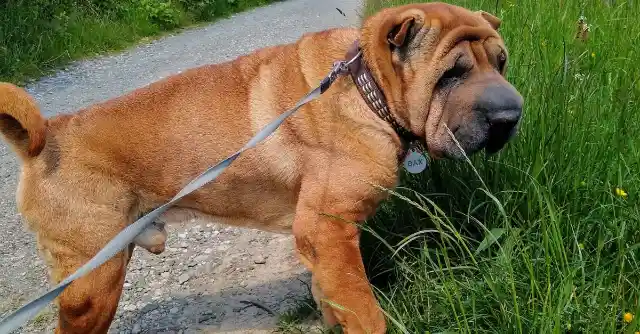
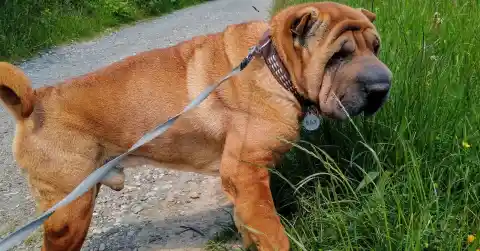
Their temperament can be difficult too, as they tend to be suspicious of strangers and stubborn with training. While striking to look at, Shar Peis demand a level of care and patience far beyond what most owners expect, making them unsuitable household pets.
Great Dane
Great Danes, often called “gentle giants,” are among the most physically impressive dog breeds in existence. Towering over most dogs and known for their affectionate, sweet personalities, they can be incredible companions. However, their sheer size presents enormous challenges in a household setting.


Great Danes eat massive amounts of food, require large living spaces, and can unintentionally knock over children or adults. The romantic notion of owning a giant, loving pet quickly collides with everyday practical difficulties.
Great Dane Challenges
Adding to their impracticality is the Great Dane’s tragically short lifespan, often only six to eight years. Heart issues, joint problems, and digestive disorders such as bloat are rampant in the breed, leading to sudden medical emergencies.
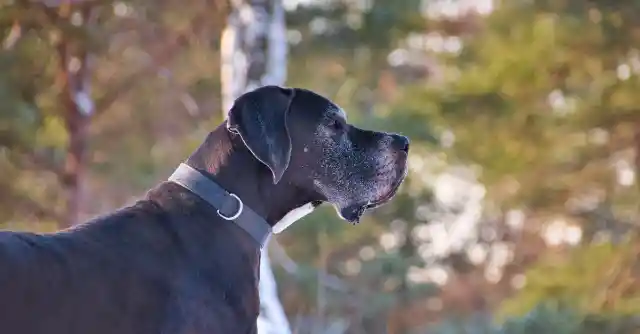
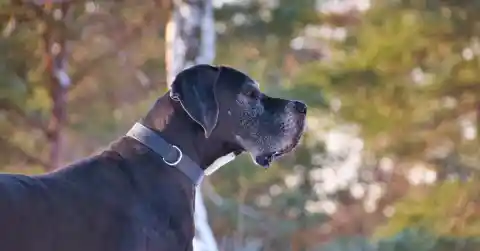
Many families find their lives consumed by both emotional strain and costly veterinary visits. While Great Danes are unquestionably gentle and loyal, the pain of losing them so quickly is devastating. For many households, the burdens outweigh the brief joy of ownership.
Beagle
Beagles are small, floppy-eared dogs whose cheerful personalities have made them beloved family pets and famous cartoon characters worldwide. Their adorable looks and friendly energy make families assume they’ll be easy to manage.


However, Beagles are stubborn hounds bred specifically to follow scents endlessly. Once they catch a smell, they become nearly impossible to recall. This trait, combined with their tendency to howl or bark, makes them notoriously difficult to control, especially in suburban or apartment settings where noise matters.
Beagle Challenges
The Beagle’s escape-artist nature is a constant source of stress for owners. Strongly motivated to chase scents, they will dig, chew, or squeeze their way out of fences and yards if given any opportunity.
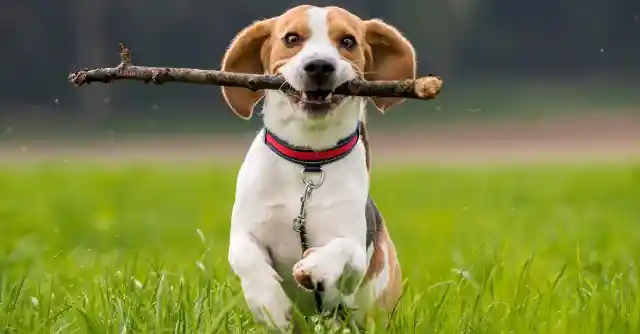
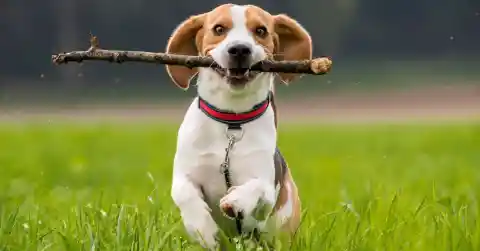
This breed also requires constant stimulation, because boredom leads to destruction in the form of chewing furniture and shoes. Families charmed by their cute appearance often overlook the high training demands. While wonderful in the right hands, Beagles are simply too high-maintenance for most households.
Doberman
Dobermans are sleek, powerful, and loyal dogs bred for protection. Their elegance and intelligence have made them popular guardians and companions, admired worldwide for their devotion. Yet Dobermans are not simple family pets.
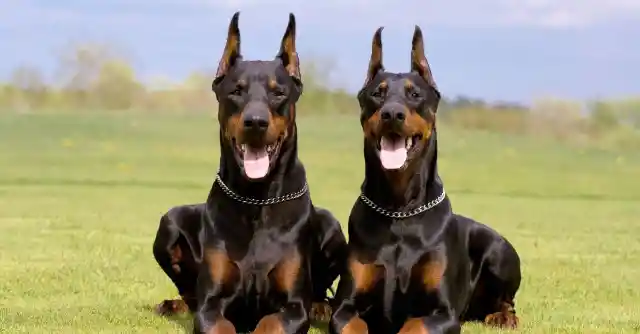
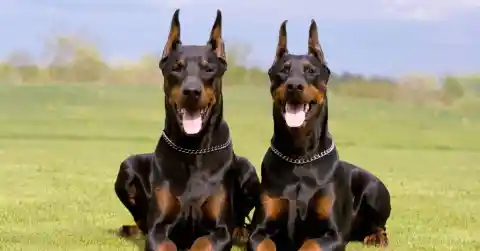
Their guarding instincts and protective natures require confident, consistent training from owners who understand canine behavior deeply. In the right environment, they thrive as loyal companions, but without discipline, Dobermans may respond to everyday situations with unnecessary aggression, putting people and other animals at serious risk.
Doberman Challenges
When Dobermans are poorly socialized, they may become tense, reactive, and even dangerous. They require significant mental stimulation, exercise, and strong leadership to prevent frustration from boiling over into aggression. Apartment living or neglectful owners often create restless, unhappy animals.
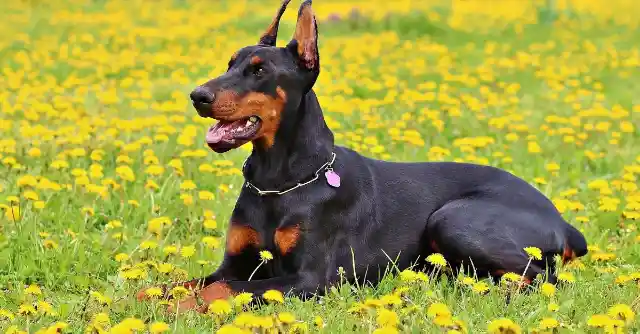
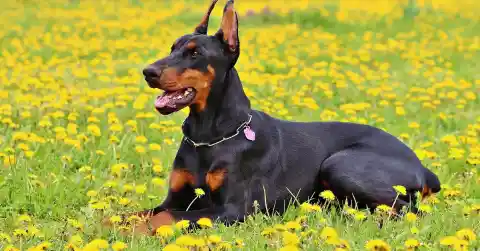
Furthermore, Dobermans carry health risks, including heart disease and hip problems, that demand expensive care. While they are extraordinary partners for experienced handlers, their needs and instincts make them inappropriate for casual pet owners seeking a low-maintenance companion.
All demonstrated in one
From spiraling health issues to unpredictable instincts, these twelve breeds demonstrate that not every dog belongs in the average household. Love and good intentions are not enough when nature and genetics demand more than most families can provide.


Owning one of these dogs often leads to emotional and financial strain, alongside stress or heartbreak for the animal itself. By making informed choices about which breeds to adopt, we can ensure happier, healthier lives for both dogs and people.